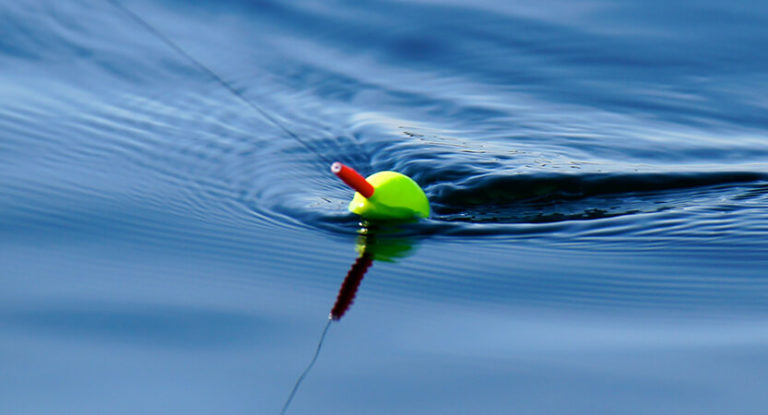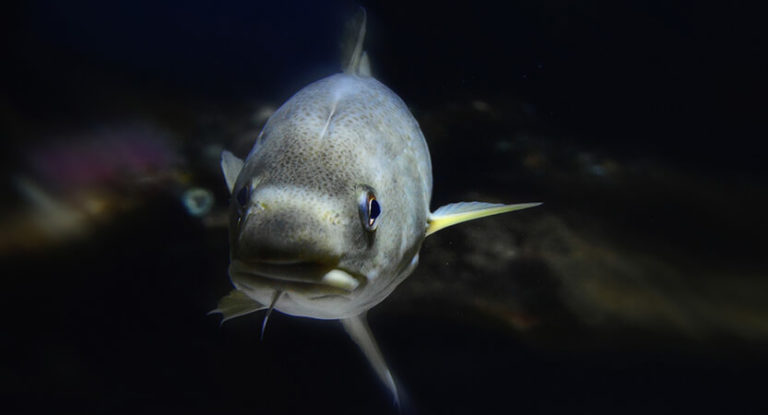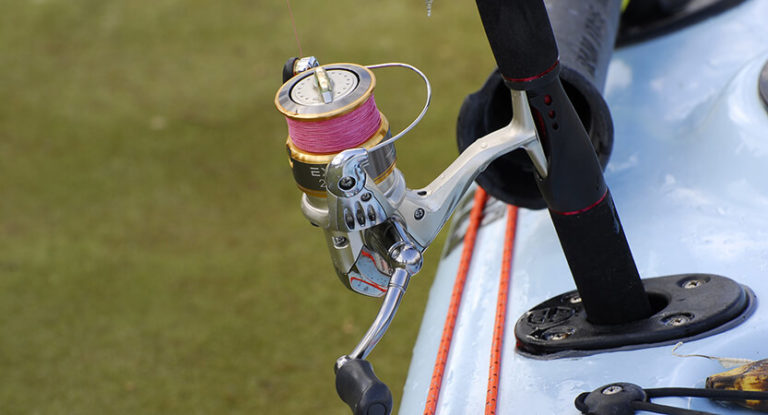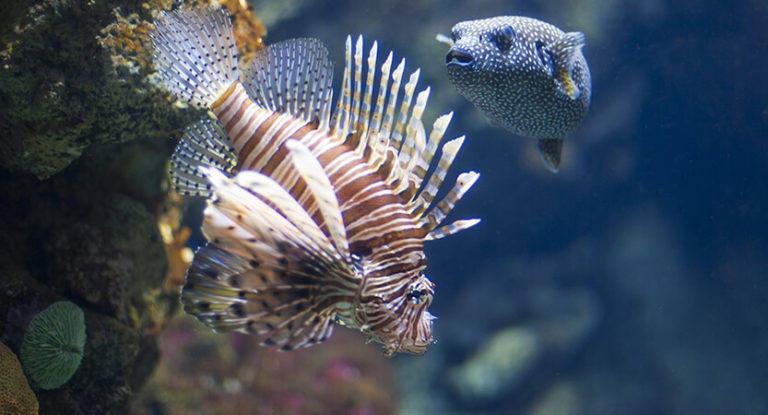Among all the variety of lures, there is a time-tested classic, which was successfully used in fishing hundreds of years ago, but has not lost its relevance even now. Such bait includes the fly fly larva, called maggot in the world. It is adored by both peaceful fish and not too large predator, so it is enough to provide yourself with high-quality bait and correctly hook the maggot, and the likelihood of a good catch increases significantly.
In our today’s conversation, we will analyze the basic principles of the selection of fish-appetizing larvae, think about what the hook should be and how best to fix the live bait on it. It is not that difficult, but some of the tricks are learned only through practice. A couple of minutes spent reading this publication can save many precious hours that you would spend fishing, gaining your own experience.
Here is an overview of the content of this tutorial, feel free to jump to any section you care about:
For more fishing instructions, take a look at these popular Trizily links: Best Fishing Lines, Best Baitcasting Reels.
- How To Choose A Fishing Hook
- Choosing A Fishing Line For Spinning Reel
- How To Put Fishing Line On A Reel (Complete Guide)
The maggots in fishing

As mentioned above, maggots can be attributed to truly universal baits: almost all fish are not indifferent to the fly fly larva, with the exception of very convinced vegetarians such as grass carp. On a bunch of larvae, you can even catch a decent humpback perch or a not too large pike, especially in the summer, when the toothy torpedo prefers smaller and more delicate prey.
Sometimes maggots are also used as an animal component in the composition of the bait mixture, but it should be borne in mind that active larvae instantly destroy the structure of bait balls, so they should be added immediately before casting.
However, the use of maggots as a bait is more relevant and widespread both among bream anglers and among fans of float fishing . In this case, the following criteria come to the fore:
- The larvae must remain alive and attractive to the fish.
- The hook should not injure them to such an extent that the contents leak out.
- The number of larvae and the method of insertion should correlate with the size of the hook.
Hook selection
It is difficult to find a bait that is less demanding on the parameters of the hook. You do not need to bother with the choice of a super-thin hook, like a delicate bloodworm, but you should not tear the larva’s body with a too thick and blunt sting either. In a word, any not too coarse high-quality hook with a pronounced beard will do. A slight bend inward, to the forearm, and good sharpening are desirable: it is difficult to pierce the hard shell of the larva with a blunt sting. By the way, the length of the forearm does not really matter. But if you are going to hook several larvae or a combined attachment, it is better to select options with a long forearm.
Now about the exact parameters. The sizes of the hook for planting maggots vary in the range of Nos. 16-22 for one maggot, Nos. 8-16 for several larvae or “sandwich”. The size of this piece of equipment depends mainly on the activity of the fish and the size of the nozzle. The weight of the alleged trophy fades into the background: even a miniature “swallow” of good quality is able to withstand the weight of a five-kilogram bream. True, it is much more difficult to extract it from the womb of a large trophy, since swallowing is not excluded with a small hook, and not a hook on the lip. The main principle: the more passive the fish, the more delicate the rig and the smaller the hook.
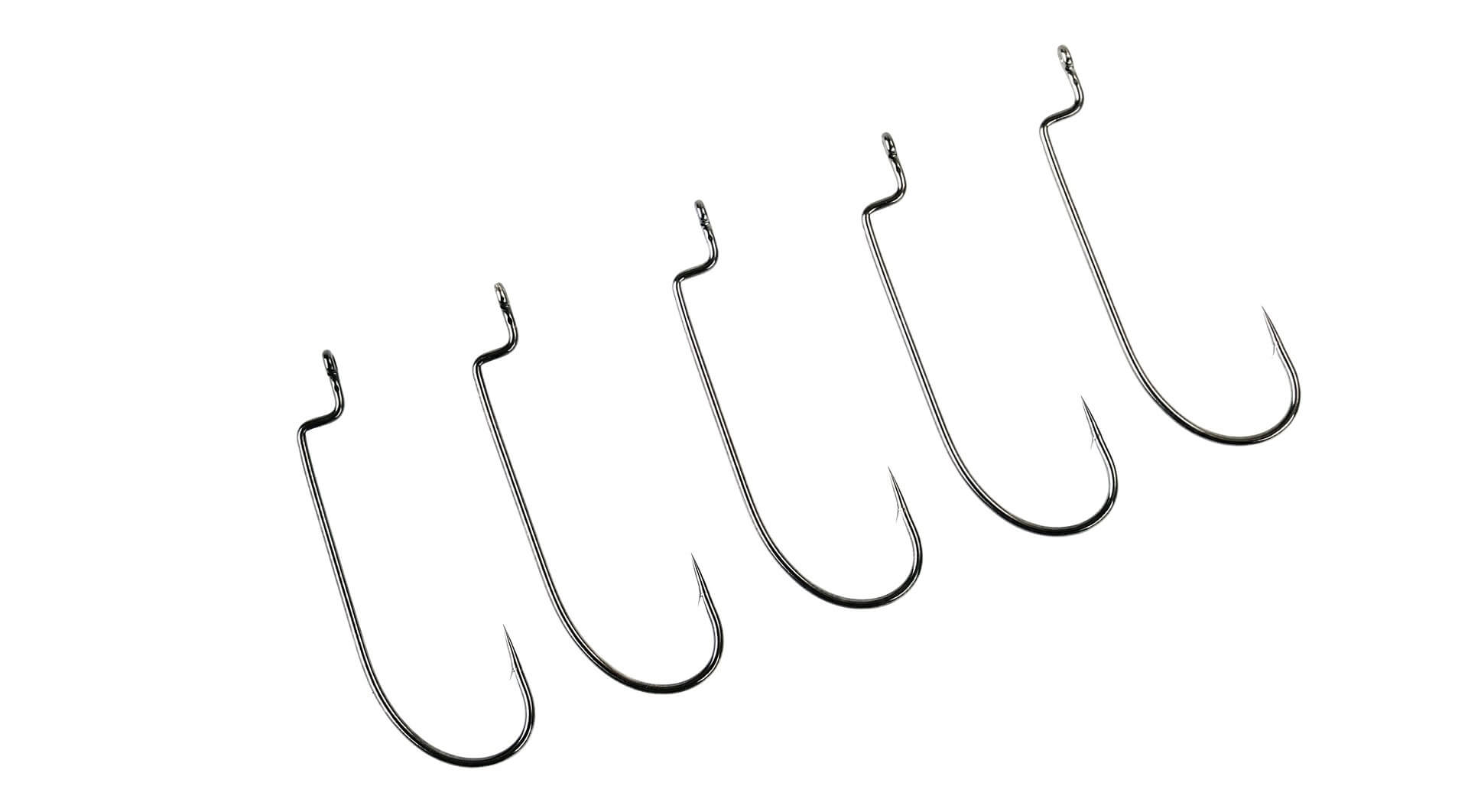
Choice of larvae
The fly larvae can be hatched on their own, at least in the warm season. This process is simple, but, as a rule, foul smelling. Therefore, many modern fishermen prefer not to tinker with an unappetizing substance, but to buy larvae in specialized stores. They sell a pure maggot that can be hooked without actually getting your hands dirty or gagging.
There you can also buy red, yellow or green bait tinted with food pigments, but it has not yet been proven that colored maggot attracts fish better than the standard one. Rather, it is a marketing ploy to increase the price of the bait. The same can be said about the addition of flavorings: the larva smells strong and attractive enough without any attractants.
Maggot storage is a rather technologically complex process, because it is necessary not only to prevent the death of the larvae, but also to prevent their transformation into pupae. Therefore, the maggots are kept in clean sawdust, in the refrigerator, in a hermetically sealed container – this way you can save the larvae for about a month. But it is better to buy the bait literally a couple of days before fishing (or better, just before leaving) and store it in the cold.
Cocoons in the initial stage of pupation can also be used in fishing, but it is much more difficult to plant them, and the fish is much more favorable to the softer and more aromatic maggot.
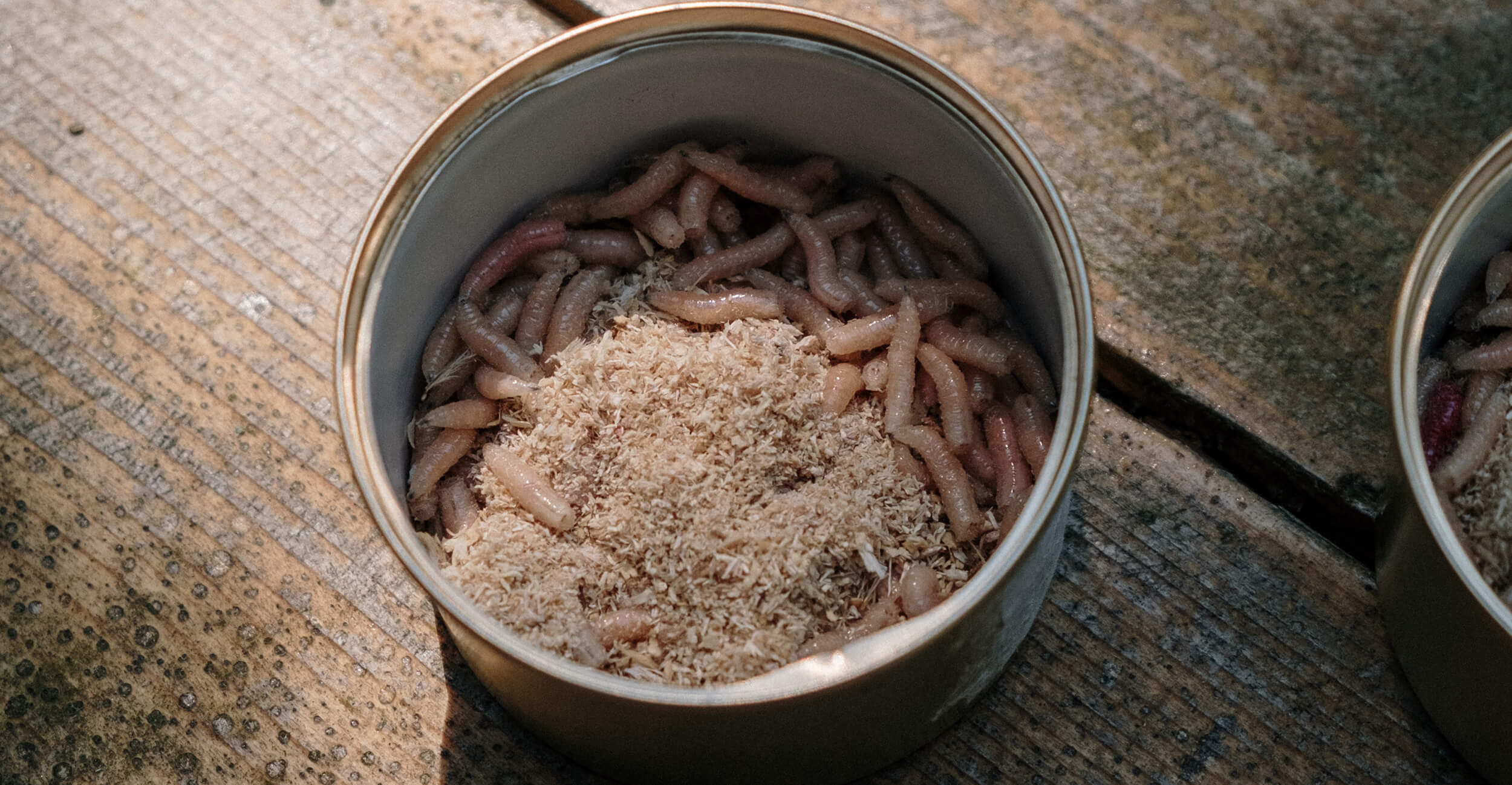
Classic ways of insertion
There are no absolutely correct and categorically incorrect ways of fixing the fly larva on the hook, however, this applies to absolutely all attachments. The main thing in this case is that the bait retains its attractiveness and does not slip off the hook.
It is quite simple to fix the maggot: it keeps on the hook firmly in any case, however, a very active larva can slip. They take the maggot boldly and firmly, with two fingers: its shell is strong enough, there is little chance of crushing the larva in this way. This is not a delicate bloodworm!
Behind the head or tail
Before us are the most common methods of baiting: through the end of the body. It can be a blunt end with pigmented dots or a thinning tail. Many novice anglers thread the point right through the head. This method is not bad, as it provides a flawlessly secure fit. However, even when inserted at the very end of the head, in fact, behind the shell, there is a high probability of damage to the internal organs of the larva.
Experience shows that if a maggot is planted by its tail, it will retain its vitality and attractive activity for a longer time. The fact is that in this case, the larva does not receive significant damage to the internal organs and can maintain mobility for hours, often without losing it even after an effective bite. These methods are used most often, especially when fishing for small and smallmouth fish – roach, crucian carp, silver bream and others like them.
There is a combined method (“ring”), which is optimal for cutting off fines such as bleak and very tiny juveniles. In this case, the larva is pierced twice: at the head and tail, while its body forms a kind of ring. It is almost impossible to pull off such a bait, and its viability is slightly higher than when fitted with a stocking. Naturally, only very large larvae are suitable for this method, because it works better as expected on a worm.
Through the body
It happens that representatives of the ichthyofauna are cunning: they do not rush to the bait, but calmly suck it from the free tip. In this case, you need to try to outsmart the potential trophy, leaving him no room for maneuver. Place maggots through the body – and the fish will no longer be able to simply suck on the bait. Be warned: the hook must be very sharp and not too rough, otherwise the larva will quickly flow out and lose its attractiveness as bait.
There are several close methods of insertion through the body:
- “Stocking” . This option is simple to perform: you just need to pierce the body of the larva along its entire length with a hook. But here, too, there are several subtleties: firstly, when piercing along the body, you need to try to guide the sting directly under the skin, otherwise all the internal organs of the larva will immediately turn into a vinaigrette. Second, the sting must be guided from the tail to the head. It is possible and vice versa, but the solid “facade” of the maggot is much more difficult to pierce, and it will live less. Should the sting be brought out? This is an individual matter: on the one hand, the closed sting minimizes the risk that the fish will prick and move away from the bait. On the other hand, there is a possibility that the larva will slide off the hook (spontaneously or with the active assistance of a fish that has grabbed it).
- Through the center . Try on the larva and pierce its body approximately in the center. It is optimal to hold the sting under the skin: the maggots planted in this way will live longer. But some anglers do not particularly bother with survivability and pierce the larva clearly along the diameter of the cross-section of the body. So she plans more seductively in the water, thereby attracting even passive fish, and most of the attacks occur just at the time of the dive. Many floaters move the weights higher: this increases the gliding time.
- Butt of the head . In this case, the sting is inserted into the butt of the head from the side of the dark points and is carried along the body, as in a “stocking”, but comes out somewhere in the center. On the one hand, the larva retains some mobility, on the other hand, the number of idle bites is minimized.
Planting several maggots
For catching more solid specimens, you can use a combination of two or more maggots. Such a bait is used not only by peaceful fish of medium and large size, but also by a small predator like perch or grass pike.
An interesting option is to plant the two larvae in different ways. For example, the first can be pierced with a sting through the body (stocking), the second can be inserted behind the head or tail. In this case, one larva is “responsible” for closing the body of the hook, the second – for bends and pulsations that are tempting for fish.
For catching large carp, crucian carp, ide and small predator, you can use a bunch of 3-5 larvae. Naturally, they take a larger hook, and the larvae are attached at one point: by the heads, tails, and sometimes even in the center. As an additional fixator, you can use a larva or a cocoon pierced along the body – they are put on last.
“A sandwich”
Before us is another great option for catching a fairly large, but not too hungry fish – a combination of maggots with other baits. Tellingly, you can make “sandwiches” from 2-3 components of various origins: both animal and vegetable.
You can plant maggots along with the worm. Here, among other factors, the fish are attracted by the contrast effect. It can be used in tandem with caddis flies or ultra-delicate bloodworms – at least part of the bait will be viable.
Maggots are combined with herbal ingredients. The most popular “sandwiches” of this type are with barley, canned corn and peas. However, if desired and with the proper skill, you can use the larva in an alliance with pasta.
Tips for beginners
We hope you have an idea of how to handle this amazingly durable fishing lure. The case is small: a few practical tips for novice anglers:
- It is necessary to keep the bait cool when fishing. In the heat, the larvae can pupate in just a few hours, so you need to do your best to maintain the minimum temperatures possible in specific conditions. You can dig in the main container with the larvae in the sand at the edge of the water. Or you can dig a deeper storage in the shade under the bush.
- Pupae can be added to groundbait. Pupted maggots can be used as an animal supplement to the feed mixture: they do not destroy balls as much as active larvae. The cocoons can be pierced with a crochet or needle, so their scent will spread more intensely.
- It is better not to put two maggots behind the head. When attached to the end of the body (head or tail), the bodies of the larvae turn into an improvised propeller. This contributes to unwanted twisting of the line.
- In autumn and winter, attractants can be used. The colder the water, the worse the odors spread in it. Do you already know that by autumn and winter, most fish switch to protein foods? So, in cold water, you can successfully use attractants with their own smell of maggot or bloodworms.
- The bait should be updated. Maggot is distinguished by sufficient vitality: in this nomination it surpasses even the worm. However, it also needs to be changed in a timely manner, especially if the larvae look frankly chewed.
We hope that our publication will help you in getting rich catches, regardless of the weather and the whims of potential trophies!

